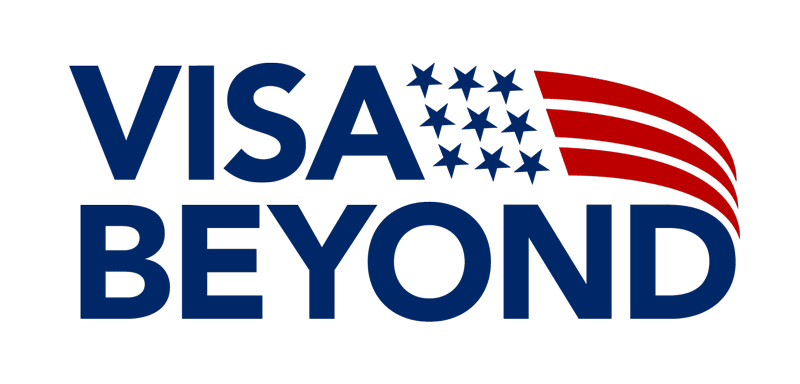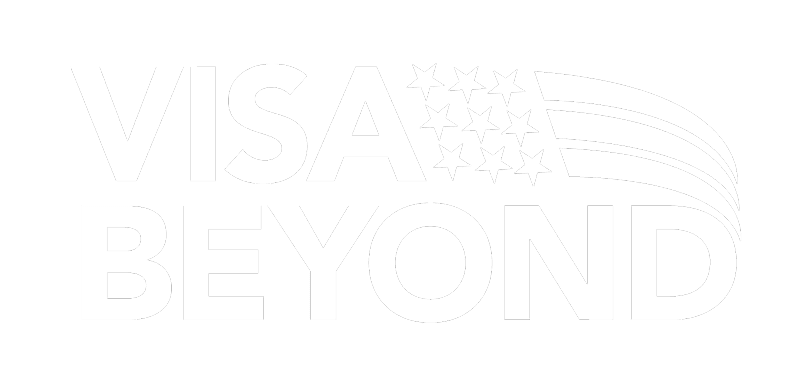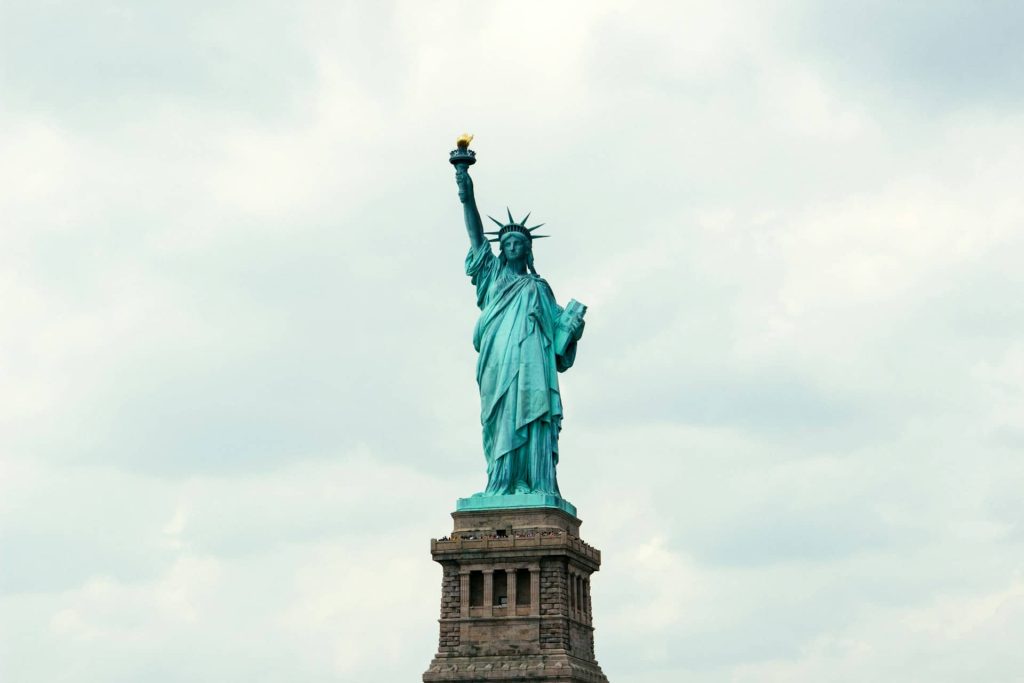F1 Visa:
A Comprehensive
Overview.
F1 Visa allows international students to study full-time in the U.S. at accredited schools and universities.
F1 Visa allows students to remain in the U.S. for the duration of their studies that includes a 60-day grace period after graduation to prepare for departure or apply for Optional Practical Training (OPT).
Work Experience
Gain practical training
through OPT and CPT.
Top U.S. Education
Study at world-class
universities and schools.
No Sponsorship
Bring dependents on
F2 Visas to stay with you.
Cultural Exposure
Immerse in U.S. culture
and build global networks.
Employment Pathway
Transition to U.S. jobs
via H1B sponsorship.
Client
Satisfaction
Years
in the business
F1 Visa:
Overview and Key Benefits
F1 Visa is a non-immigrant visa for international students who want to study in the United States at accredited academic institutions. It is the most common visa type for students pursuing higher education, allowing them to attend universities, colleges, high schools, and other academic programs.
Key Benefits of the F1 Visa
- Provides the opportunity for full-time academic study at U.S. institutions.
- Allows students to work on campus for up to 20 hours per week during academic sessions and full-time during breaks.
- Offers Optional Practical Training (OPT), enabling students to gain practical work experience in their field of study for up to 12 months after graduation.
What is the F1 Visa? Eligibility and Key Benefits Explained
The F1 Visa is designed for international students seeking full-time academic programs in the U.S. To be eligible, applicants must be accepted into an accredited U.S. educational institution, demonstrate sufficient financial resources to cover living and tuition expenses, and prove intent to return to their home country after their studies.
Key Benefits:
- Access to world-class education in U.S. institutions.
- Ability to work part-time on campus and participate in Curricular Practical Training (CPT) or OPT for real-world experience.
- Flexibility to stay in the U.S. for the duration of the program plus a 60-day grace period.
F1 Visa Success Rate.
F1 Visa success rate can vary based on factors such as the country of origin, the applicant’s financial situation, academic background, and the strength of the visa interview.
00%
Depending on the
country of origin
F1 Visa Application Costs and Processing Timeline
An overview of fees and processing times for applying to the F1 Visa program.
Application Fees
- Form I-20 SEVIS Fee: $350
- Form DS-160 Fee: $185
- Visa Issuance Fee: Varies by country
Application Timeline
- Standard Processing Time: 2 to 4 weeks, depending on the U.S. embassy
- SEVIS Registration Time: Typically required before the visa appointment
FAQs
About F1 Visa.
How long can I stay in the U.S. on an F1 Visa?
The F1 Visa is valid for the length of your program plus a 60-day grace period.
Can I work on an F1 Visa?
Yes, you can work on-campus (up to 20 hours per week) and off-campus through OPT or CPT.
What is OPT and how do I apply?
OPT allows you to work in your field of study for up to 12 months after graduation. Apply through your school and USCIS.
What is CPT and how is it different from OPT?
CPT is work experience integrated into your curriculum, while OPT is work authorization after your program.
Can I bring my family with me on an F1 Visa?
Yes, under the F2 Visa, but family members cannot work and have limited study options.
Can I transition from F1 Visa to H1B?
Yes, by finding an employer who will sponsor your H1B during or after OPT.
How long does it take to get an F1 Visa?
Typically 2-3 months, depending on the embassy’s processing times.
What happens if my F1 Visa is denied?
You can reapply after correcting the reasons for denial, such as providing better financial proof.
Can I stay in the U.S. after my F1 Visa expires?
Only if you maintain valid I-20 status through OPT or by transferring to a new program.
Clients we
work for.
















F1 Visa for International Students
The F1 Visa is the primary visa for international students who wish to pursue full-time academic studies in the U.S. It allows students to attend schools ranging from universities and colleges to high schools, language training programs, and conservatories.
The F1 Visa requires students to maintain full-time enrollment throughout the academic program and meet academic progress standards set by their institution.
F1 Visa vs Other Student Visas
- F1 vs J1: F1 is for academic studies, while J1 is for exchange programs, internships, or research. J1 may have a two-year home residency requirement.
- F1 vs M1: F1 is for academic programs, whereas M1 is for vocational or technical training programs. M1 students have more limited work opportunities compared to F1 students.
F1 Visa Eligibility and Requirements
To qualify for an F1 Visa, applicants must meet specific eligibility criteria. The key requirements include being accepted by an accredited U.S. educational institution, proving financial capability, and demonstrating strong ties to your home country.
Who is Eligible for the F1 Visa?
To be eligible for an F1 Visa, students must:
- Be accepted into a full-time academic program at an accredited U.S. institution.
- Prove they have enough financial resources to cover tuition, living expenses, and other costs without working.
- Show non-immigrant intent, meaning they plan to return to their home country after completing their studies.
Proof of Financial Support for F1 Visa
F1 Visa applicants must provide proof of financial support to cover their education and living costs for the duration of their program. This can include:
- Bank statements showing sufficient funds.
- Affidavit of support from a sponsor.
- Scholarship or financial aid letters from the institution.
F1 Visa SEVIS Fee: How Much It Costs and How to Pay
All F1 Visa applicants must pay the SEVIS I-901 fee, which is $350. This fee is required to cover the maintenance of the Student and Exchange Visitor Information System (SEVIS). Payment can be made online via the SEVIS website, and the receipt is required for the visa interview.
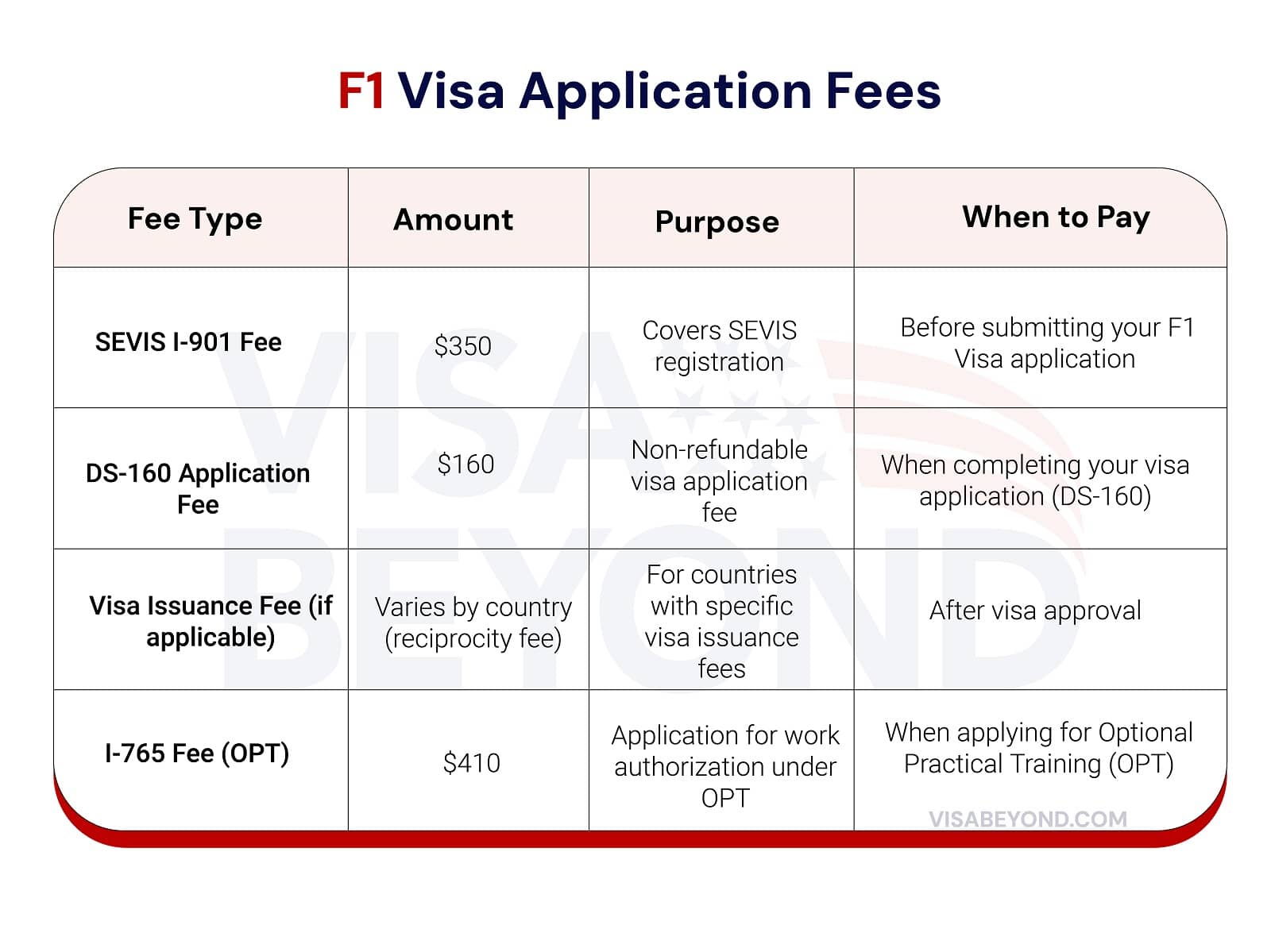
Educational Institutions Eligible for F1 Visa
F1 Visas are granted for students attending accredited U.S. institutions, such as:
- Universities and colleges offering bachelor’s, master’s, and doctoral degrees.
- High schools and private elementary schools.
- Language training programs.
- Conservatories or seminaries.
F1 Visa Application Process
The F1 Visa application process involves several key steps, from acceptance into a program to attending your visa interview.
How to Apply for an F1 Visa
This step-by-step chart outlines the key stages of the F1 Visa application process for international students, from acceptance into a U.S. school to attending the visa interview and preparing for travel, with essential tips to ensure a smooth application experience.
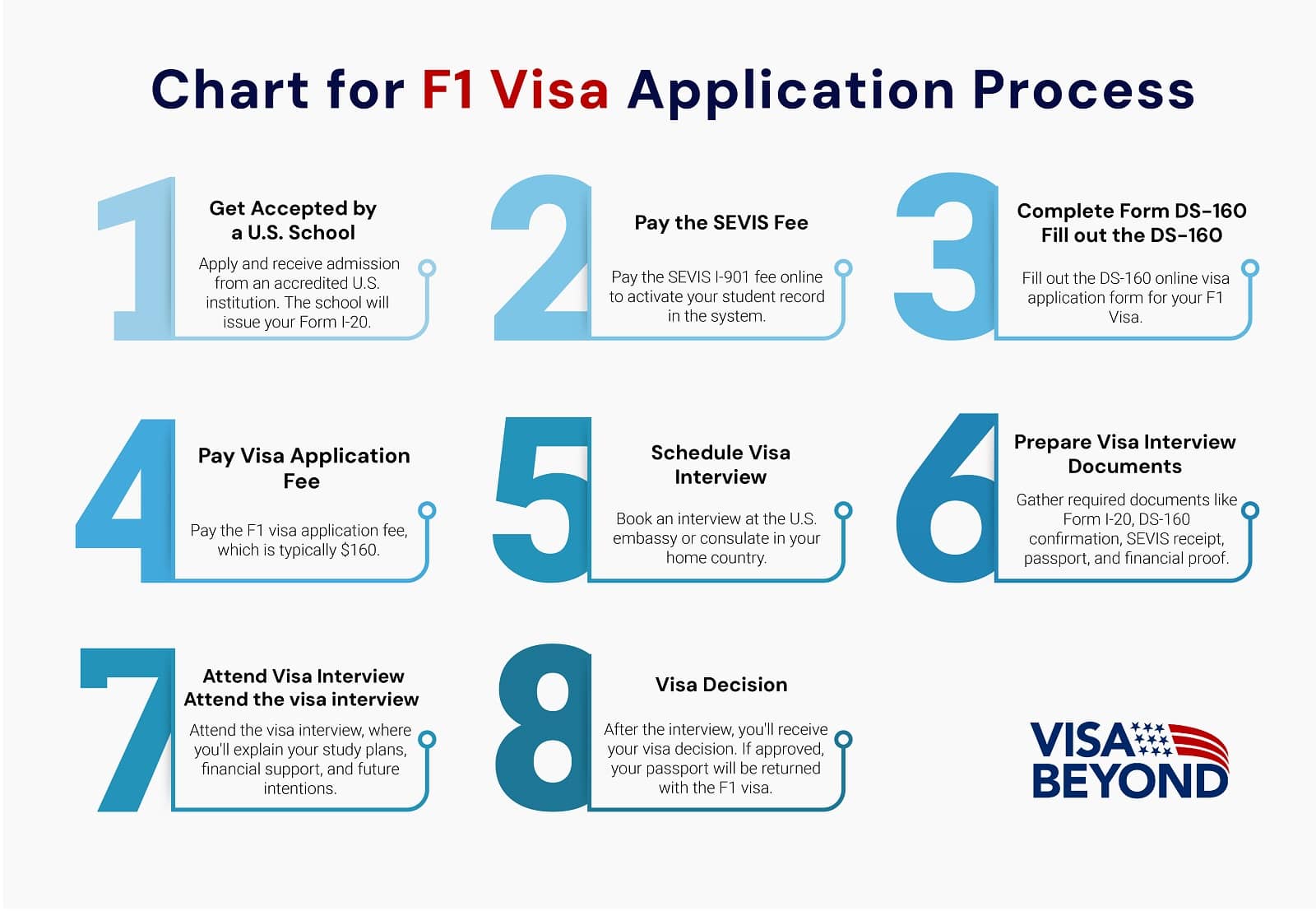
F1 Visa Application Documents Checklist
When applying for an F1 Visa, you need the following documents:
- Form I-20 issued by your institution.
- Form DS-160 (visa application confirmation).
- SEVIS fee receipt.
- Passport (valid for at least six months).
- Financial support documents.
- Visa application fee receipt.
F1 Visa Interview: What to Expect and How to Prepare
During your F1 Visa interview, the consular officer will ask questions to verify your intent to study, financial ability, and ties to your home country. Typical questions include:
- Why did you choose this U.S. institution?
- How will you finance your education?
- What are your post-graduation plans?
Preparation Tips:
- Practice answering questions confidently.
- Bring all required documents.
- Be ready to explain your academic and career goals clearly.
This comprehensive guide outlines the key information and requirements related to the F1 Visa, providing a clear path for students wishing to pursue education in the U.S.
F1 Visa Work Opportunities
The F1 Visa provides international students with various work opportunities during their stay in the U.S., both on-campus and off-campus, but these opportunities are subject to strict regulations.
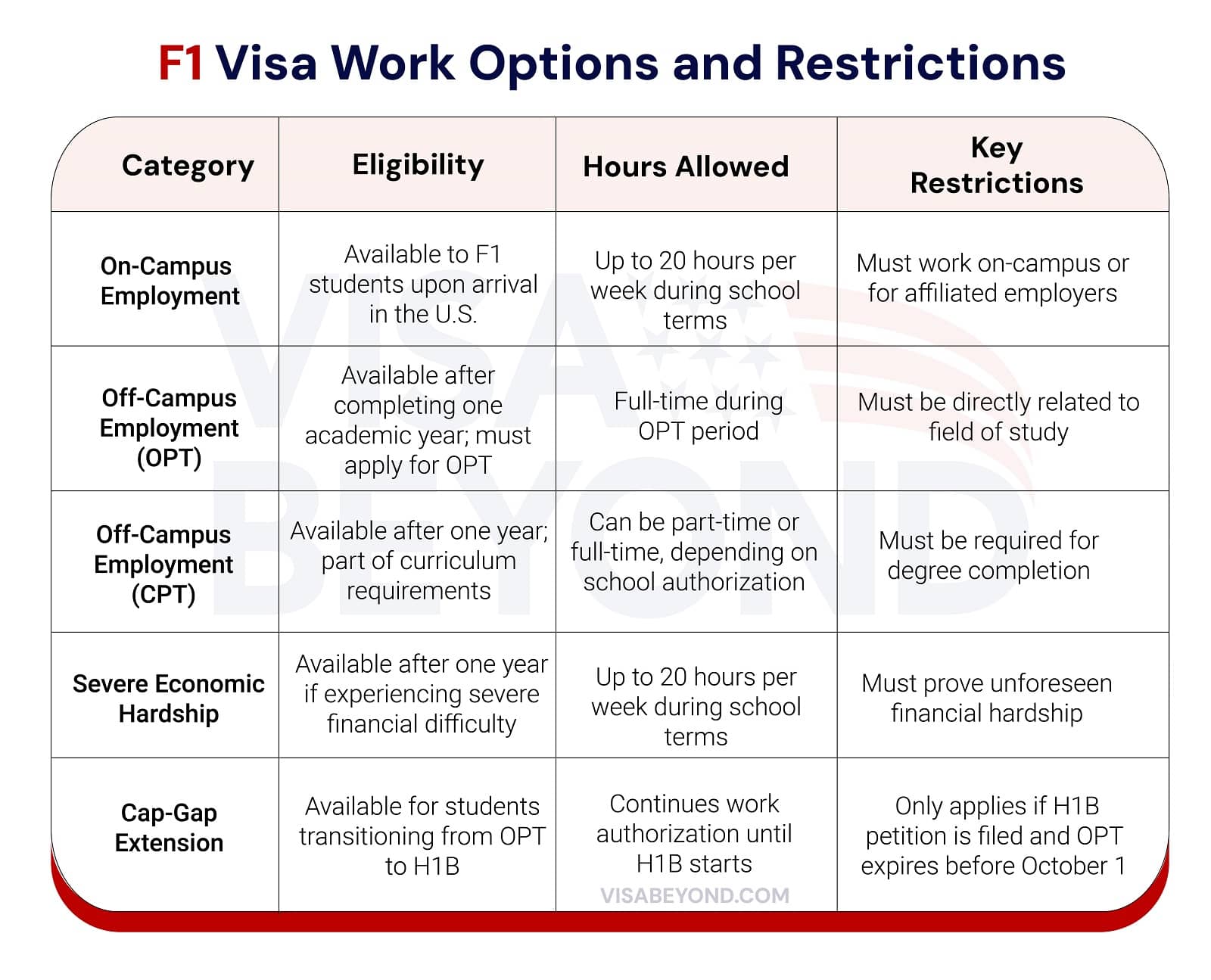
Can You Work on an F1 Visa?
Yes, F1 Visa holders can work under specific conditions. On-campus employment is permitted up to 20 hours per week during academic sessions and full-time during breaks. Off-campus employment is allowed under Optional Practical Training (OPT) or Curricular Practical Training (CPT) after meeting certain eligibility criteria.
- On-campus: Work at your school, including jobs in libraries, cafeterias, or research labs.
- Off-campus: Only allowed after one year of study, with authorization.
Optional Practical Training (OPT) for F1 Visa Holders
OPT allows F1 students to work in the U.S. for up to 12 months after completing their degree in a field directly related to their major. STEM graduates can apply for an additional 24-month extension.
- Pre-completion OPT: Available while still studying.
- Post-completion OPT: Available after graduation.
Curricular Practical Training (CPT) for F1 Visa Holders
CPT allows students to gain work experience through internships or co-ops as part of their curriculum. It must be approved by the school and related to the student’s major. Unlike OPT, CPT can be full-time or part-time, but full-time CPT for more than 12 months disqualifies you from OPT.
F1 Visa Duration, Extensions, and Maintenance
Understanding the F1 Visa’s duration, the process for extensions, and how to maintain status is essential for international students to ensure compliance with U.S. immigration laws.
How Long is the F1 Visa Valid? Understanding F1 Visa Duration
The F1 Visa is valid for the duration of your academic program, as stated on your Form I-20, plus a 60-day grace period after program completion. During this period, students must either leave the U.S., apply for OPT, or transfer to another program.
How to Extend Your F1 Visa: What You Need to Know
F1 Visa extensions are possible if students need more time to complete their studies. You must apply for a Program Extension through your Designated School Official (DSO) before the I-20 end date. Extensions are usually granted for academic or medical reasons.
Maintaining Your F1 Visa Status: Rules and Compliance
To maintain F1 Visa status, students must:
- Remain enrolled as full-time students.
- Keep their I-20 up to date.
- Follow all employment restrictions. Failing to comply can result in the loss of your F1 status and deportation.
F1 Visa for Dependents
The F2 Visa allows the spouse and unmarried children of F1 Visa holders to accompany them to the U.S. for the duration of the F1 holder’s academic program.
What is the F2 Visa?
The F2 Visa is specifically for the immediate family (spouse and children under 21) of F1 Visa holders. F2 Visa holders can remain in the U.S. for as long as the F1 Visa holder maintains valid status.
Can F2 Visa Holders Work or Study in the U.S.?
F2 Visa holders are not allowed to work in the U.S. They may study part-time, but full-time study is only allowed for children under 18. Spouses can enroll in recreational or part-time courses but cannot pursue full-time degrees.
Transitioning from F1 Visa to Other Visa Types
F1 Visa holders may choose to transition to other visa types, such as H1B work visas or apply for a Green Card, to continue their stay in the U.S. after completing their studies.
Can You Transition from an F1 Visa to an H1B or Green Card?
Yes, F1 Visa holders can transition to an H1B Visa through employer sponsorship. Some students can also apply for a Green Card via employment-based categories. However, this process may take several years and require maintaining legal status during the transition.
Steps for Transitioning from F1 to Other Visa Types
- Find an employer sponsor for H1B or apply for permanent residency (Green Card).
- File for Change of Status through USCIS (Form I-539).
- If applicable, participate in the H1B lottery or go through the employment-based Green Card process.
This ensures a smooth transition to a work visa or permanent residency after your studies.
F1 Visa Challenges and Solutions
F1 Visa holders may face various challenges, from visa denials to maintaining status and transitioning to work visas. Understanding these challenges and their solutions can help ensure a smoother experience throughout your stay in the U.S.
Common Reasons for F1 Visa Denials and How to Avoid Them
The most common reasons for F1 Visa denials include:
- Lack of Financial Proof: Inability to show sufficient funds for tuition and living expenses.
- Weak Ties to Home Country: Failure to convince the consular officer of your intent to return home after your studies.
- Incomplete or Incorrect Documentation: Missing or incorrectly filled out forms.
How to Avoid Denials:
- Provide clear and solid financial proof (bank statements, scholarships, etc.).
- Emphasize your non-immigrant intent during the visa interview by demonstrating ties to your home country.
- Double-check all documents for accuracy before submitting them.
What Happens If Your F1 Visa Expires?
If your F1 Visa expires, you cannot remain in the U.S. legally unless you take action. However, the expiration date on the visa does not affect your legal stay if your I-20 form is valid, meaning you’re still enrolled in your academic program.
Solutions:
- Renew your visa by traveling to your home country and applying for a new one if necessary.
- If your visa has expired but your I-20 is still valid, you can remain in the U.S. and continue your studies.
Let’s Make Your U.S. Dreams a Reality.
Maximizing Your F1 Visa Experience
To get the most out of your F1 Visa, it’s important to take advantage of both academic and extracurricular opportunities, including work options like Optional Practical Training (OPT).
How to Make the Most of Your F1 Visa Program?
- Engage in campus activities: Join clubs and organizations to meet people and enhance your cultural experience.
- Utilize campus resources: Take advantage of career services, academic advising, and internship programs.
- Seek practical experience: Apply for CPT or OPT to gain hands-on experience related to your major.
These activities not only improve your learning experience but also make you more competitive in the job market after graduation.
Networking and Building Professional Connections as an F1 Visa Holder
Building a strong professional network is essential for future career growth. As an F1 Visa holder, you can:
- Attend career fairs and networking events hosted by your university.
- Connect with professors and professionals in your field.
- Use platforms like LinkedIn to build relationships with potential employers.
Networking helps open doors to future employment opportunities, including OPT and H1B sponsorships.
F1 Visa to Employment
After completing your studies on an F1 Visa, transitioning to employment can be done through OPT and eventually an H1B Visa.
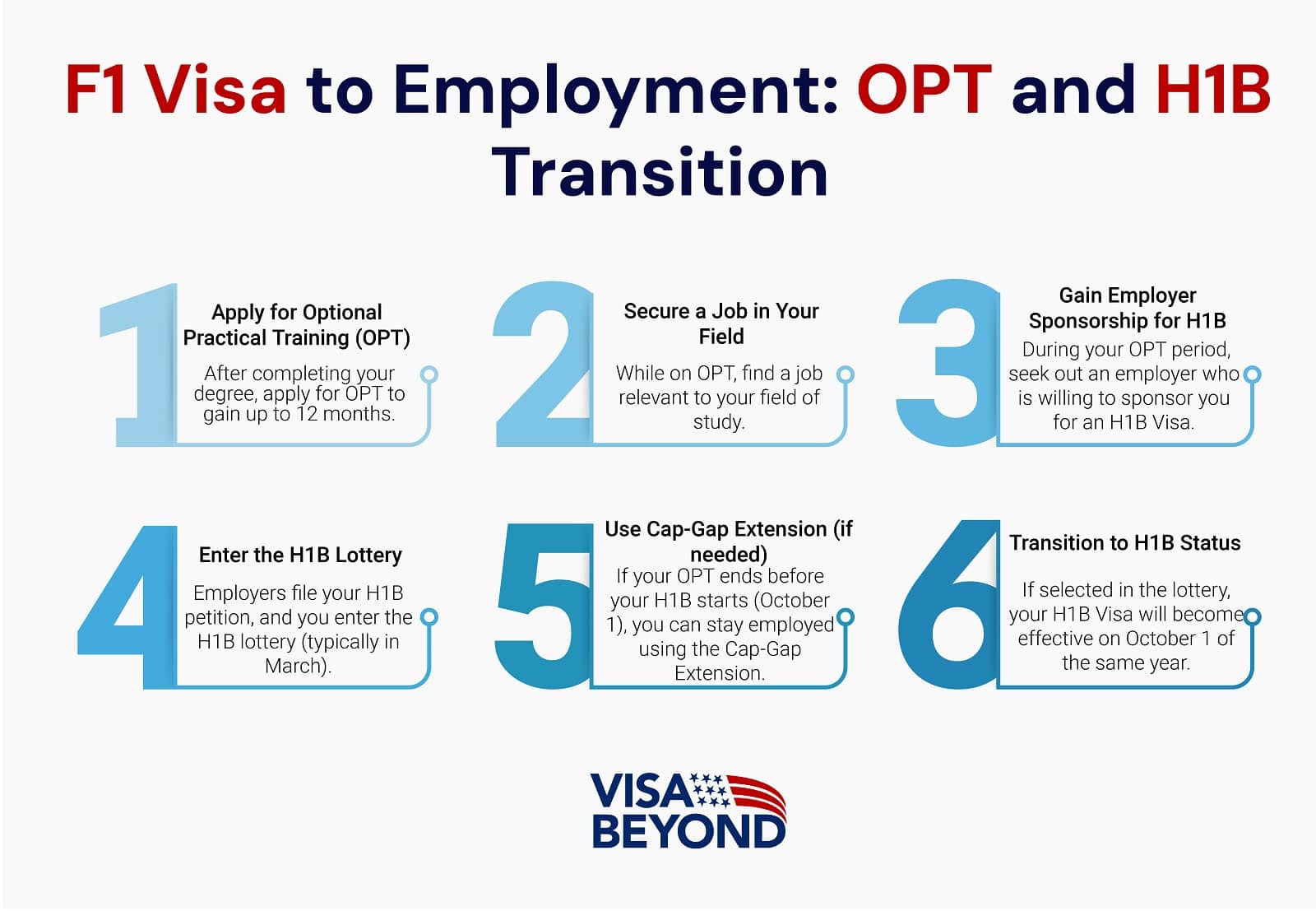
How to Leverage OPT for a Pathway to H1B
OPT provides up to 12 months of work experience in your field of study (up to 36 months for STEM graduates). It serves as a critical stepping stone toward securing an H1B Visa.
- Use your OPT period to gain relevant experience.
- Build relationships with your employer, as they can sponsor you for an H1B Visa.
- OPT allows you to gain practical skills that increase your chances of H1B sponsorship.
F1 Visa to H1B Timeline and Process
The timeline to transition from F1 to H1B involves:
- Securing an employer willing to sponsor you for an H1B.
- Applying for an H1B during the annual lottery period (typically in March).
- If selected in the lottery, your H1B status begins on October 1 of that year.
You can work under Cap-Gap Extension if your OPT expires before October 1, allowing you to stay employed until your H1B starts.
This structured path helps students transition from F1 Visa to long-term employment in the U.S. through the H1B Visa program.
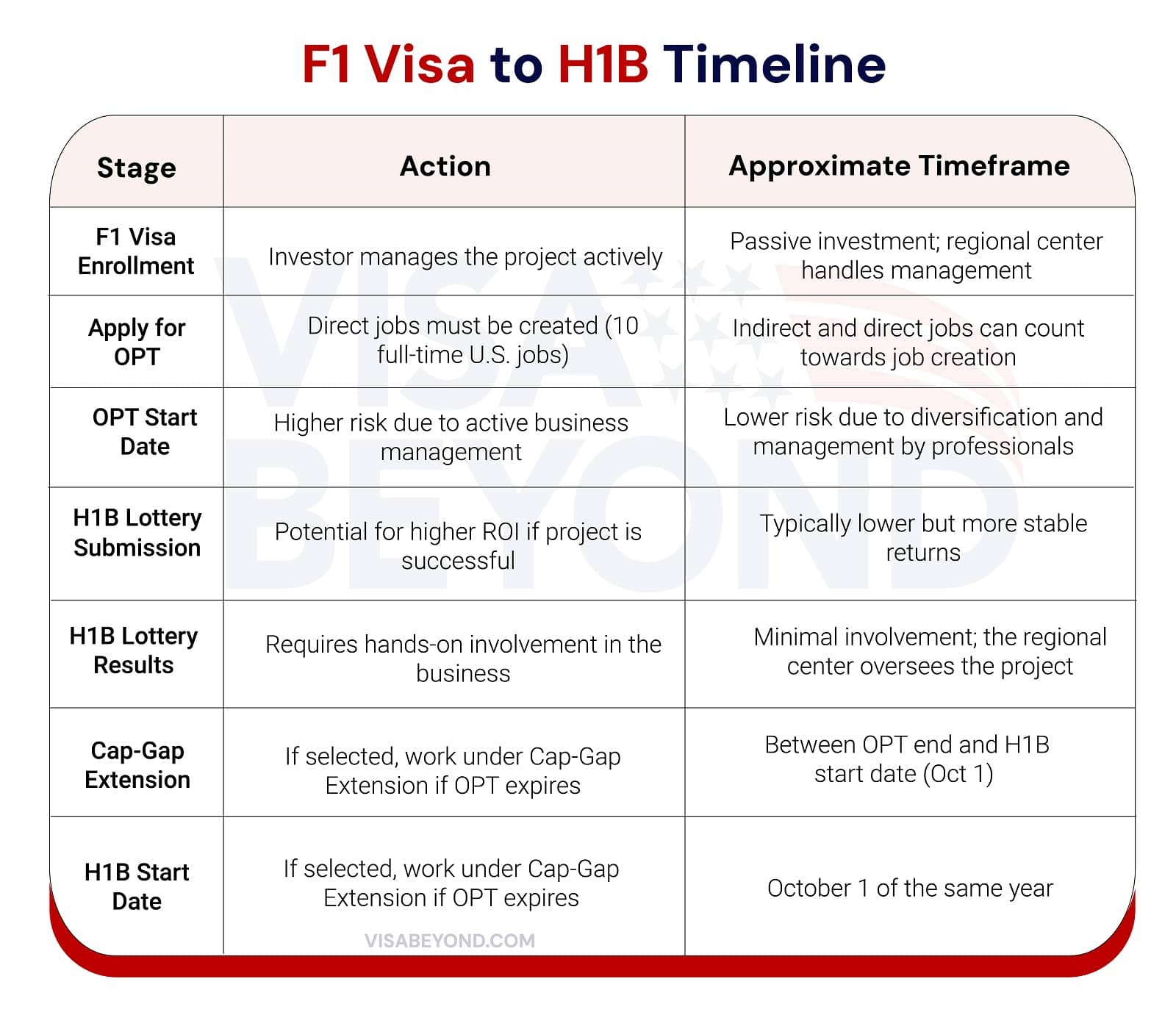
F1 Visa to H1B: Pathway to Long-Term Employment
The F1 Visa is an excellent pathway for international students who aim to pursue higher education in the U.S. and eventually transition to long-term employment. One of its key advantages is the ability to apply for Optional Practical Training (OPT) after graduation, which provides up to 12 months (or 36 months for STEM graduates) of work experience in the U.S. This allows students to gain real-world experience in their field and connect with potential H1B employers.
By utilizing the OPT period, students can secure an H1B sponsor and participate in the annual H1B lottery, providing a seamless transition from student status to employment. The F1 Visa not only opens doors to top-tier education but also sets up a strategic pathway for students to pursue long-term careers in the U.S., making it a highly sought-after visa for those looking to establish a foothold in the U.S. workforce.
Latest News.
From the blog
"*" indicates required fields
